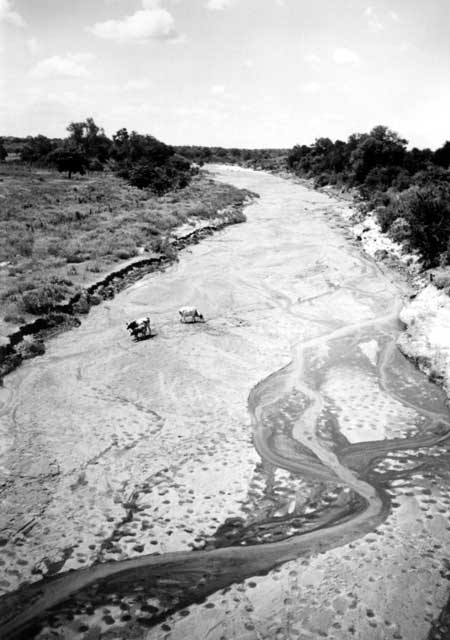Volume 7, Number 5—October 2001
Research
Factors Contributing to the Emergence of Escherichia coli O157 in Africa
Figure 6

Figure 6. . Cattle grazing in a trickling stream bed, Lubombo, Swaziland, 1992. The nearly ubiquitous hoof prints, visible in the foreground, indicate cattle often frequented the stream beds. Photo credit: Paul Effler.
Page created: April 26, 2012
Page updated: April 26, 2012
Page reviewed: April 26, 2012
The conclusions, findings, and opinions expressed by authors contributing to this journal do not necessarily reflect the official position of the U.S. Department of Health and Human Services, the Public Health Service, the Centers for Disease Control and Prevention, or the authors' affiliated institutions. Use of trade names is for identification only and does not imply endorsement by any of the groups named above.